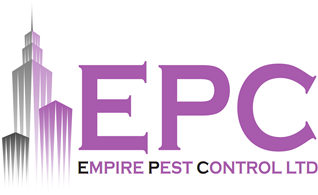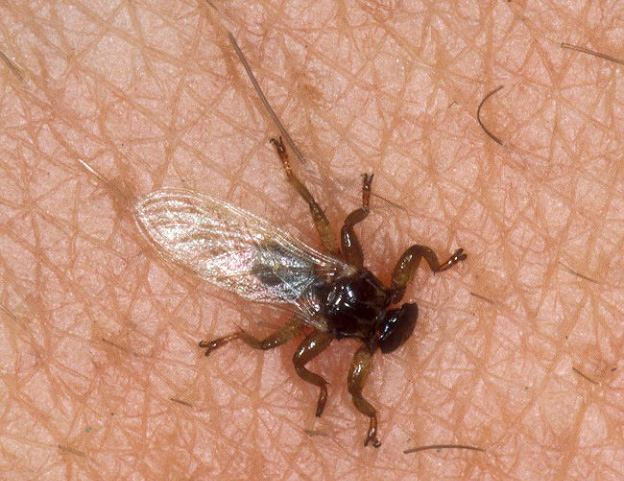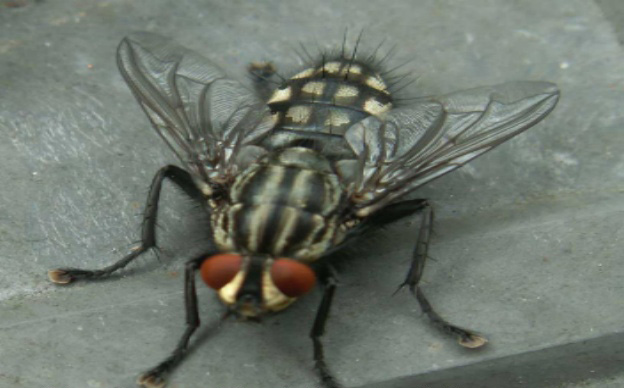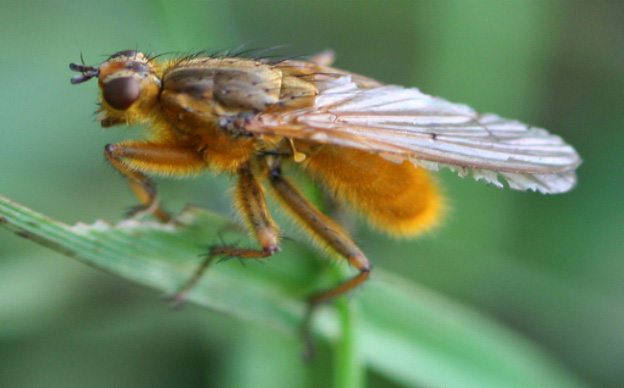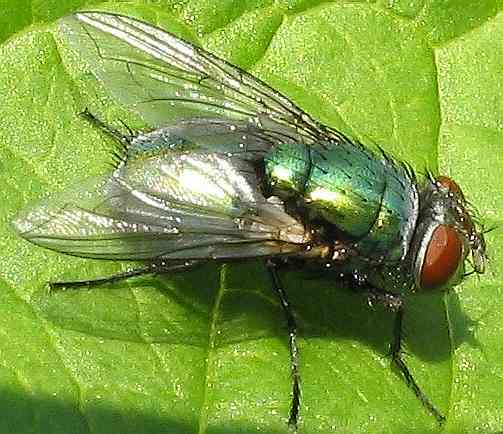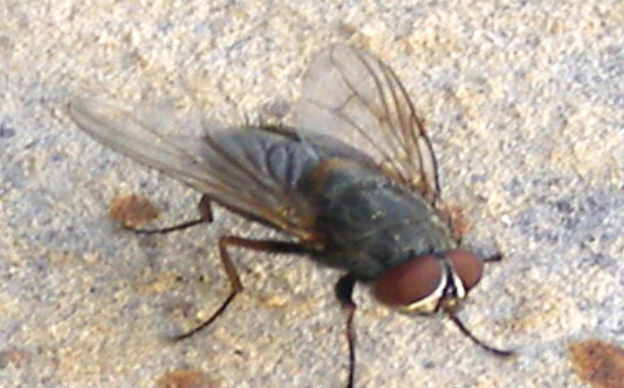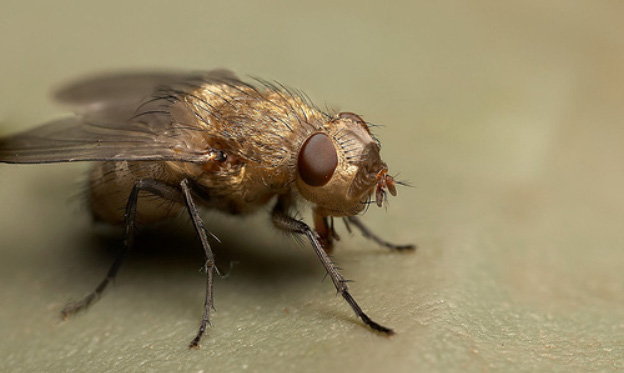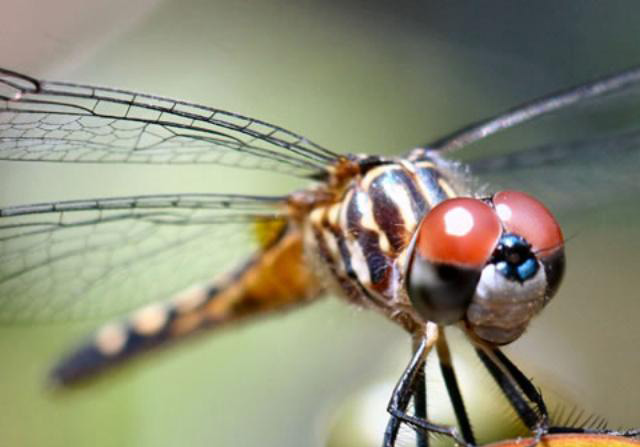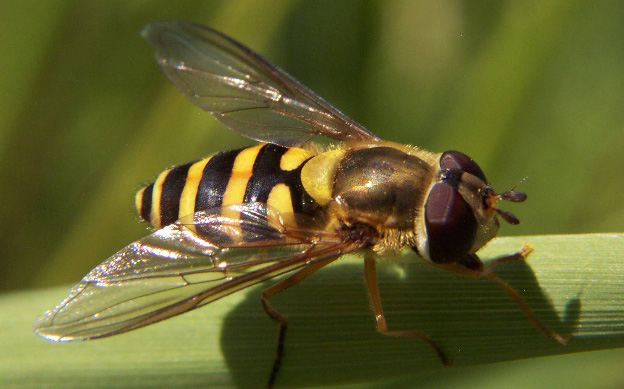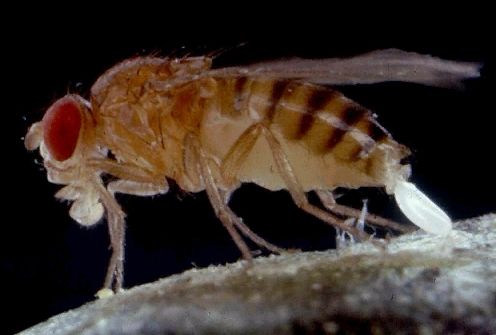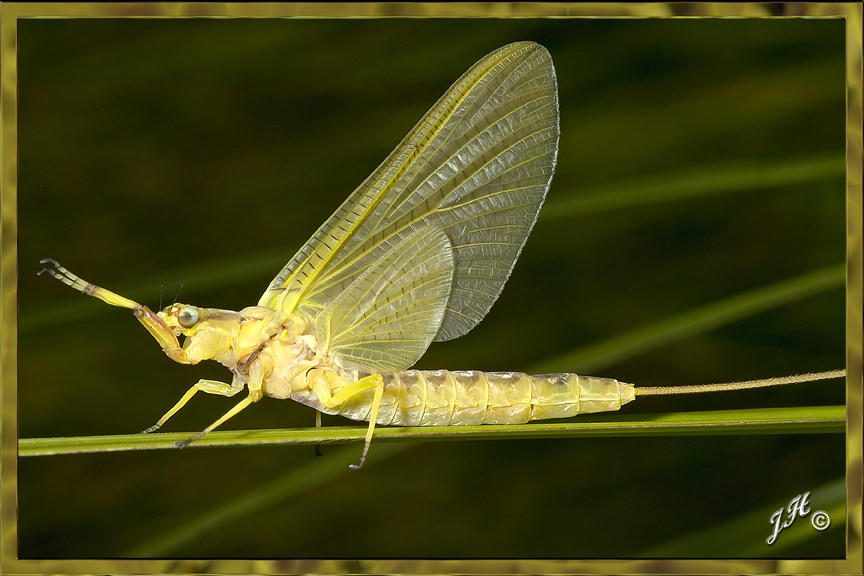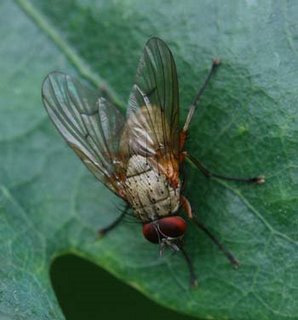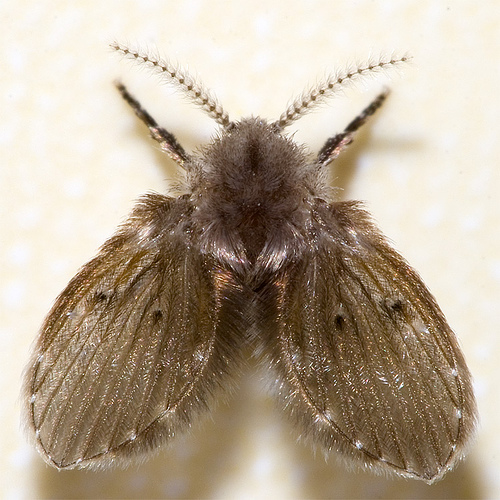Size, Shape and Colour: Crane flies are grey-brown with dark brown leading edges to its wings with long legs. Are also known as a daddy longlegs. The shape of the abdomen distinguishes the sexes: the male’s is square-ended, whereas the female’s is pointed with an ovipositor (egg laying structure). Larval forms of crane flies are grey-brown cylindrical larvae which may bear fleshy lobes on the (posterior) end. Occasionally, the segments towards the end of the body can be greatly expanded. They feed on plant roots, especially grasses, and can seriously damage crops.
Biology: Larvae are often encountered under layers of decomposing leaves in wet locations such as ditch banks in December and January. The adults tend to emerge in February and March.
Preferred Foods: Adult Crane Fly rarely feed. The larvae live in the soil and eat roots. They also emerge at night to chew the bases of plant stems.
Habitat: Craneflies are generally seen at anytime of the year during the evening as they are attracted to lights, but they are most common in the autumn. They can be found in gardens, parks and grassland.

